5D 4N TOKYO-OSAKA 5D4N TOUR
TRAVEL DATES: March 31-April 4, 2020
DAY ONE: TOKYO
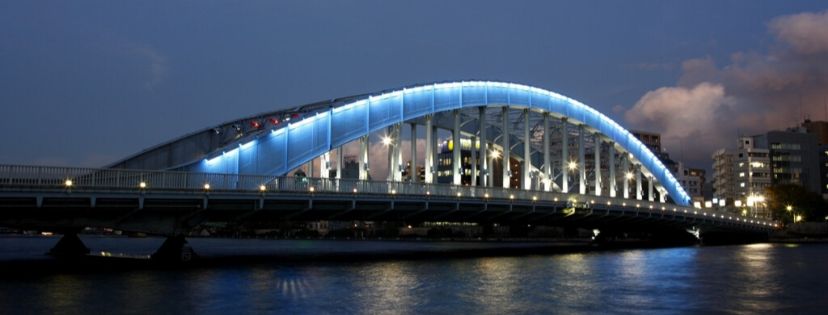
Arrival in Tokyo. Meet and greet your tour guide upon your arrival. You will transfer to your hotel via your Limo Bus. It is a free day, so feel free to spend the day as you wish.
Hotel: HOTEL ANN ASAKUSA or similar
DAY TWO: TOKYO CHERRY BLOSSOM TOUR
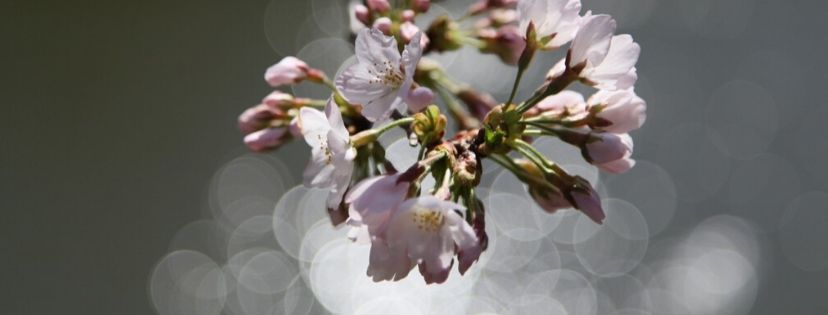
Don’t forget to your breakfast! Head to the meeting point on your own. The itinerary for today will be Chidorigafuchi, Kitanomaru Park, Yasukani Shrine, Shiba Park and Zojoji Temple.
Chidorigafuchi takes its name from its shape. The structure of its walls is reminiscent of plovers, which are called chidori in Japanese. Its seven hundred (700) meters tunnel is lined by blooming cherry blossoms. There are two hundred sixty variants (260) of sakura here, including the popular ones, somei yoshino and yamazakura. The large number of trees here make for a pink-infused landscape.
Kitanomaru Park is located nearby. It is a public park – and the haven of sakura enthusiasts as well as the walking public. It is a wonderful space from where you can view the cherry blossoms. This place part was once part of Edo Castle; the park still retains parts of the original castle. The focal point of Kitanomaru is its pond as well as a tiny brook.
The next spot, Yasukani Shrine, is a shinto shrine. It was dedicated by Emperor Meiji in June 1869 to commemorate those who had died during the Boshin War. While controversial, this site is still worth a look. There is also a small private garden nearby.
Also nearby is Shiba Park, located in Chiyoda, Tokyo. Shiba Park is a large enclosure of open space, with lush green trees all around. It’s a popular place for those who wish to have dates. It’s a wonderful place to visit, especially during the cherry blossom-viewing season. You can sit in benches here. The park offers a good view of Tokyo Tower.
The next landmark, Zojoji Temple, is a Buddhist temple. The temple has a relationship with the Tokugawa clan, who ruled Japan during the Edo period. Six of the Tokugawa rulers are buried in the Taitoku-in Mausoleum, which are located in the temple grounds. The main gate of the temple count as one of Japan’s oldest artifacts and is Tokyo’s oldest wooden building. The temple has been rebuilt over and over again due to damages from World War II and the decline of Buddhism.
The main gate of Zojoji was constructed in 1622. It was the only part of the temple to survive World War II. On the upper floor, you can find an enshrined image of Gautama Buddha, flanked by two attendants. You can also find the Sixteen Arhats there.
For your lunch, you will have a buffet lunch. Afterwards, head to Sumida Park, Asakusa, and Ueno Onshi Park.
In Sumida Park, the Sumida River flows on the sides of seven hundred (700) cherry blossom trees. The park is spacious and walkable. Cherry blossoms here can be viewed in the spring. The next locale, Asakusa, is also equally walkable. It offers more highlights. One of its main attractions is Sensoji. Sensoji is a Buddhist temple built during the seventh (7th) century. The current buildings, though, are reconstructions done postwar due to past damages. Get to the temple via the Nakamise, a long street filled with colorful shops. Asakusa can be navigated via on foot or through rickshaw.
During the Edo period, this district used to be the red light district. It also hosted kabuki plays. It had been damaged due to World War II. During the dawn of the nineteenth century (19th), the district had begun to open theaters showing films. The entertainment district of Asakusa has never recovered from its deterioration during World War II.
Ueno Onshi Park stands next to the Ueno station. These grounds used to be part of the Kaneji Temple. The temple had been destroyed during the Boshin War. The park welcomes ten million (10 000 000) visitors a year. It is also Japan’s most popular park. The park houses Kaneji Temple, Kiyomizu Kannon Temple, Ueno Toshogu Shrine, Shinobazu Pond and Ueno Zoo. For those who wish to learn more, Tokyo National Museum is nearby, with the National Science Museum, National Museum of Western Art, and a local Starbucks for your coffee needs.
After your tour, proceed back to your hotel on your own.
DAY THREE: TOKYO-OSAKA
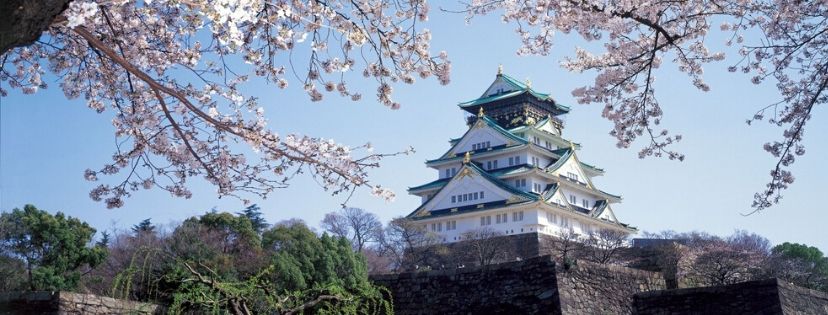
Take your breakfast in your hotel. Proceed to the Tokyo station on your own. Ride the bullet train; your ticket fee is included.
Once you have arrived in the Osaka station, proceed to the hotel on your own. You have a free day; take your time.
DAY FOUR: KYOTO CHERRY BLOSSOM TOUR
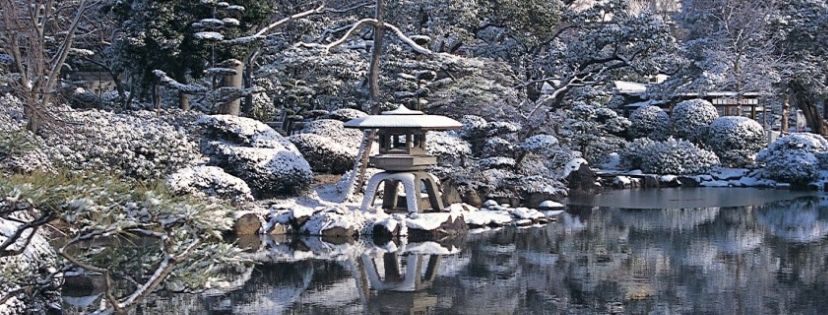
Head to the meeting point on your own. Visit Arashiyama Stroll around and boat cruise.
Head to Randem Tram, Kitano-Hakubaicho station, Moto-Rikyu Nijo Castle, Nanzen-ji Temple, Philosopher’s path, Keage Incline, and Sewari-tei.
The Randem Tram is privately owned and operated. There are two lines here. After scouring a seat at the Tram, you will drop off at the Kitano-Hakubaicho station.
Moto-Rikyu Nijo Castle is your first stop here at your new territory. It is a place that has witnessed the beginning and the end of the shogunate period. The castle was built by Iemitsu Tokugawa in 1603 as a means of protection and as a place of accommodation for visiting shoguns. The remnant pieces of Fushimi Castle had been moved here; Iemitsu Tokugawa would expand its remains.
The palace is a national treasure, with many places worth seeing. Several flowering trees can be found here. The sakura, the cherry blossom, is included here. At night, they illuminate. Its garden was designed by Enshu Kobori, a renowned artist. It was registered as a UNESCO Cultural World Cultural Heritage Site.
Nanzen-ji Temple is a spacious temple, whose grounds are located at the base of Kyoto’s greenery-filled Higashiyama mountain area. It is also one of the most important Zen temples and includes numerous subtemples. Nanzen-ji Temple serves as the head temples within the Rinzai sect. Its Sanmon entrance is massive; the entrance extends over the treetops. Its gate was constructed for the soldiers who died during the Siege of Osaka Castle in 1615. The Hatto is behind this enormous gate.
Nanzen-ji is a few minutes away from Philosopher’s Path via the southern path. Ginakakuji Temple can be found at its northern end. The Philosopher’s Path is a pleasant stone path located in the northern part of Kyoto in its Hagishayama District. The path measures two (2) kilometers long, lined on its either side by cherry blossoms. It begins in Ginkukuji (Silver Pavilion) and ends in Nanzenji. The path takes it name from the legend that Nishida Kitaro, one of Japan’s most famous philosophers, practiced his meditate en route this path to Kyoto University.
Every year during the time for the cherry blossoms to bloom, Keage Incline shows a breathtaking scenery, with the pink petals flying all around. The Keage Icline is a five hundred eighty-two (582)-meter long slope with railroad tracks located near Nanzen-ji. The incline was originally built during 1891 for roads and moving equipment. On one of the tracks, an artifact from the Edo period is placed. The artifact is a passenger boat. Be careful when walking on the tracks; they are unpaved. There are ninety (90) cherry blossoms here; due to their presence, this location is often used for wedding photoshoots. In any weather, the Keage Incline is beautiful.
Sewari-tei is a one point four (1.4) kilometer riverbank that makes for amazing viewing of the cherry blossoms, especially during April. It is located among the three rivers of Kizu, Uji and Katsura. It has over two hundred fifty (250) cherry blossom trees all over the place. Sewari-tei is surrounded by a low wall of grass and leevee. This gives you the impression of walking in a cherry tunnel.
The name of the place means “separation levee.” An observation tower was recently built, in 2017. This tower measures twenty-five (25) meters high.
After tour ends, back to hotel on your own.
Hotel: FP Hotels or similar
DAY FIVE: OSAKA
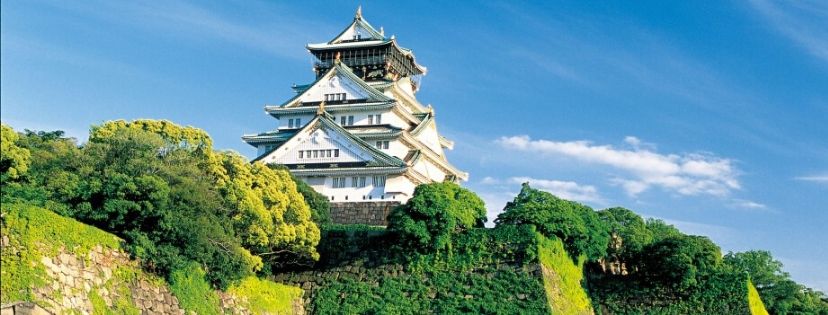















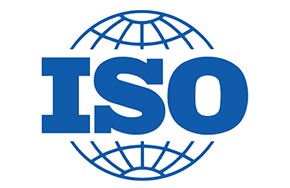





Please gove me a quote on Tok-Osaka 4N/5D Package
that includes Air/Hotel and Tour.
Number of passenger: 13 – all Adult
Note: Net rate of Travel Agent
Hi Ms. Lyn,
Thank you for your inquiry with regards to our Tokyo – Osaka Tour Package. For faster response, you could message us on our facebookpage facebook.com/regenttravelmanila or you may email tours@regenttravelmanila.com to help you.
Do u have package tour for tokyo-osaka around november?
Hi Ms. Sheila,
Thank you for your inquiry with regards to our Tokyo-Osaka Tour Package. For faster response, you could message us on our facebookpage facebook.com/regenttravelmanila or you may email tours@regenttravelmanila.com to help you with your inquiry.
Hello.
How much is this tour. But would I
Like to arrive in Tokyo 3 days in advance. There are two travellers. Thank you.
Hi Ms. Dungca,
Thank you for your inquiry with regards to our Tokyo-Osaka Tour Package. For faster response, you could message us on our facebookpage facebook.com/regenttravelmanila or you may email tours@regenttravelmanila.com to help you.
osaka kyoto tour may-june 4 person
Maam wala po travel period sa may-june 2020?? 4 person po ty
Sorry…forgot to indicate: tour is for 5 persons. Thanks again.
Osaka tour with bullet train ride. First week of june 2020. Thanks!
Osaka & Kyoto Tour – January 4-10, 2020
Couple
Good morning! We’ll send you your requested quotation later. For a faster transaction, you can directly message us on our Facebook page, Regent Travel Manila, or drop us an email right at tours@regenttravelmanila.com.
Hi,
Can you send me autumn package for November please.
Hello! We’ve sent you an email regarding this. We hope we can hear from you soon!
hi, im interested for an osaka tour package for 6-7 days for two pax for feb or march next year but only for land arrangment only and the other option is with flight, i aready have a visa, thank you
Hello! We’re sorry for the late reply. We’ll follow your request up with an email.